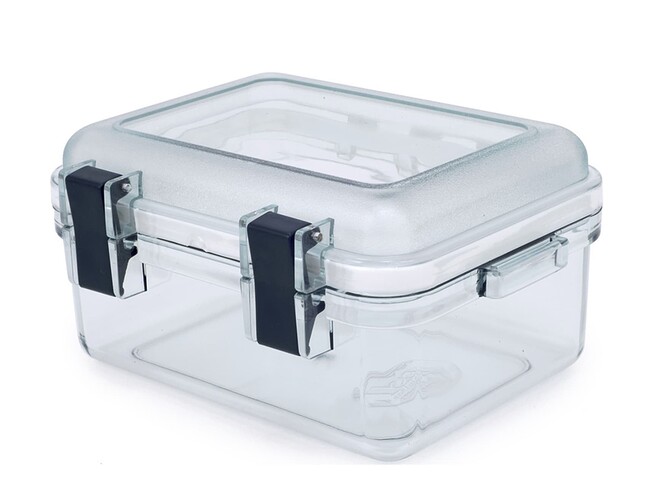I am an avid user of the Lowepro Viewpoint CS 80 for my KX2. It fits in there wonderfully and I still have room for the powerbank, Bamatech III, Palmkey (as backup), microphone, all cables and writing utensils.
In winter, however, this may not be the optimum. Inspired by this thread, I’ve now ordered a GSI Outdoors Lexan Gear Box, size M.
I wanted a box that I could close and that had a transparent lid so I could see the settings. I haven’t found anything from B&W or Peli Case in the right size.
I’m going to cover it with foam on the inside and drill holes in the sides for the cables for the power, key, headphones and microphone…
If I find that it’s any good, I’ll report back here.
GSI Outdoors Lexan Gear Box, Gr. M
73 Armin
